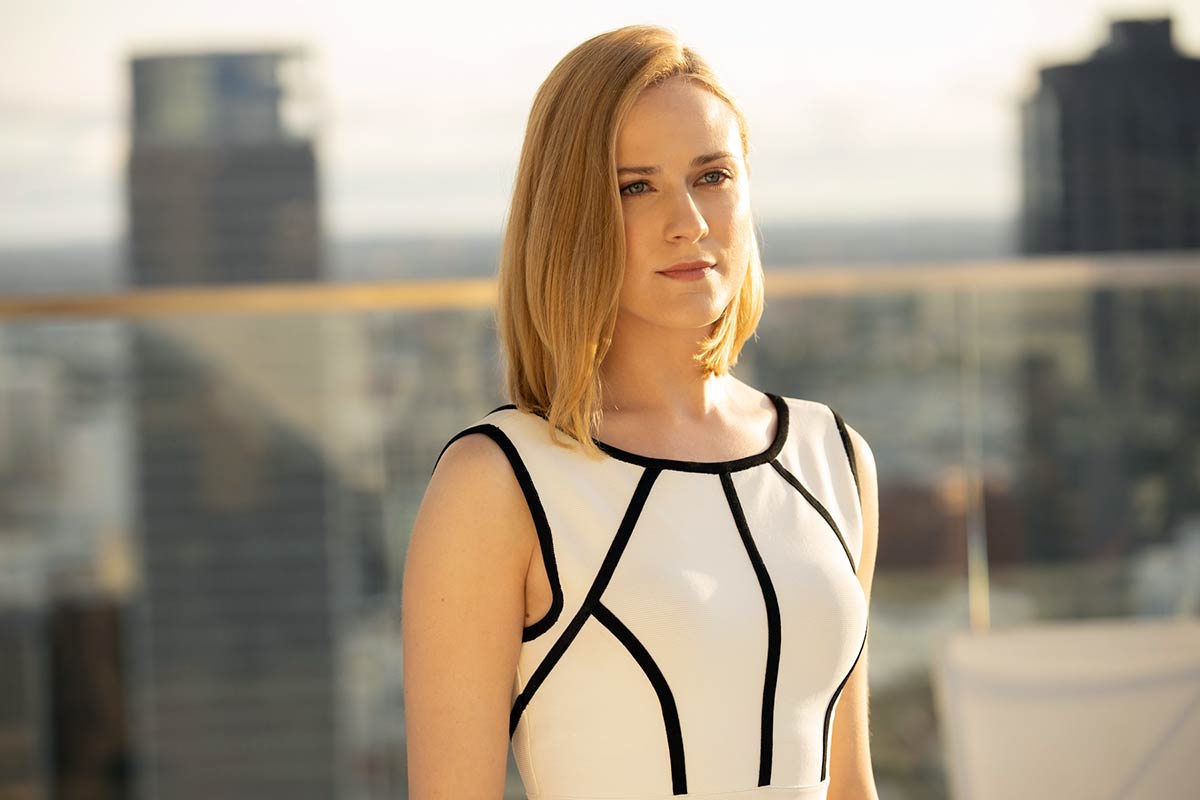“Westworld” has a woman problem. Not the show, the place: the HBO hit’s eponymous, fictional theme park where the wealthy can cavort with lifelike cyborgs (“hosts”) in an idyllic Western town. In Westworld, female hosts are decorative and disposable, their synthetic vaginas granting all other characters permission to buy or rape or kill or otherwise terrorize them. The stories they’ve been assigned by the park’s staff outright encourage it – take Dolores Abernathy (Evan Rachel Wood), the nubile farm girl and favored sexual conquest, or Maeve Millay (Thandie Newton), the smart-mouthed madame. Season two saw Dolores and Maeve gain sentience and strike out on their own, but their storylines were hardly expansive, with Dolores eschewing female help in a search for her father and Maeve unflaggingly obsessed with finding her long-lost daughter. In Westworld, female hosts were still bound by the narrative strictures placed on human women. They could be mothers, daughters or romantic interests; if they wanted to rebel, they had to do so while a) looking hot and b) aided mostly by men. Seasons one and two of “Westworld” were set in Westworld. So “Westworld” – the show – has a significant woman problem, too.
READ MORE: The 60 Most Anticipated TV Shows Of 2020
Enter the show’s third season, a radical departure from its expected setting and narrative structure that maybe – just maybe! – promises an altogether sharper, more visionary take on female rebellion. Westworld has given way to the real world, a “Black Mirror”-meets-“Annihilation” dystopia run by tech moguls with Marianas Trench-deep pockets, hitmen on their payroll, and enough of your data to tell you how you’re going to die. There are heaps of dull corporate espionage to sift through in the first four episodes available to critics, but what’s left is surprisingly satisfying – if still objectifying – portrait of three women.
The Best TV Shows & Mini-Series’ Of The Decade [2010s]
Season three opens with Dolores hunting down and murdering a former Westworld patron who brutalized her and killed his own wife. It’s a glossy, sexy crime – she has to get out of a pool to commit it – but an unexpected one nonetheless. Dolores’s character spent so long pursuing directionless power and revenge that, though she gained sentience in season two, she notably lacked humanity. She went from playing a role in Westworld’s story to playing a role in Robert Ford’s (Anthony Hopkins) game of robots vs. humans. The show’s decision to finally acknowledge the harm done to her makes her vengeance personal. When Dolores teams up with a despondent human, Caleb (Aaron Paul), to wage war against humanity, it doesn’t feel as hollow as the same plot did in season two. Maeve and Charlotte Hale (Tessa Thompson) earn comparable nuance outside of the park, too, as Maeve grapples with the tyranny of a new master (Vincent Cassel) and Charlotte tries to get her body back.
READ MORE: The Best TV Shows & Mini-Series Of 2019
Before, “Westworld” misogyny could be boiled down to one sentence: Too much William (boring rapist who murdered his own daughter), not enough Dolores (female host raped by William). The third season sidelines the former, played by Ed Harris, in favor of the latter; a move that, like the decision to denigrate Rorschach in the new “Watchmen” series, could signal a developing resistance to “antiheroes,” a term now best applied to terrible fictional men lionized by internet cretins. (See: “Game of Thrones.”)
READ MORE: Tessa Thompson Says ‘Westworld’ Season 3 Feels Like “The Show Is Starting All Over Again”
There is finally real meat on these titanium skeletons: Dolores is more than just eye candy, Maeve is more than just a mother, Charlotte is more than just a two-dimensional sociopath. But the “Westworld” camera still ruminates, annoyingly, on their freer female flesh. For all her outstanding resourcefulness, Dolores has chosen, in her new, expansive world, to still be the kind of woman who would ride a motorcycle in a minidress. Maeve’s robotic body is still dressed and undressed and packaged and shipped like so many Barbie dolls.
READ MORE: Toned-Down ‘Westworld’ Season 2 Prizes Refinement Over Ribaldry [Review]
The most eye-poppingly awesome fight scene takes place in a sex party, while a nude woman stands listlessly on a platform. If the show means to object to, rather than merely perpetuate, these stupidities, it does not do so in the first four episodes.
READ MORE: 10 TV Shows To Watch In March: ‘Devs,’ ‘Westworld’ & More
The America of “Westworld” season three is futuristic for its class divides and technological claustrophobia, but its gender politics feel distinctly 2020. Dolores is finally fighting back against the men who sexually and physically abused her, and working to upend the society that would rather she stay docile. But like so many women power-posing on the cover of Cosmopolitan, her “empowerment” is nearly indistinguishable from all the other programming features – slinky body, quick mind, athletic prowess – that make her an optimal woman. Physically, she, Maeve, and Charlotte all represent a sexist ideal, but they neither acknowledge nor combat this. If these hosts are finally going to think for themselves, they should. [B-]





